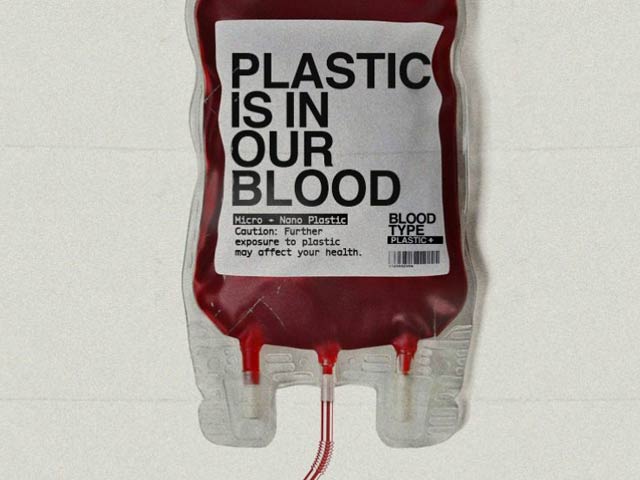According to new research, plastic particles can reach the human brain. Photo: File
Vienna, Austria: Experts have warned from experiments on mice that plastic particles can reach the mother’s milk, blood and even the brain.
Researchers at the University of Vienna have said after experiments with mice that the same thing can happen with humans. They fed rats water containing microscopic plastic particles and noted that within two hours the plastic had reached their brains.
‘After entering the brain, plastic particles can cause inflammation, neurological disorders and even dangerous diseases like Alzheimer’s and dementia,’ experts said.
According to Lucas Kanner, a scientist associated with the University of Vienna, although more research is needed, the negative effects on mice may also be on humans. They insist that if microplastics reach the brain, they can cause short-term effects such as cognitive impairment, neurotoxicity and neurotransmitter changes.
The water the experts fed the mice contained particles of polystyrene, which are used to make phones and pack food cups. In them, very fine (nano) particles of 0.001 mm reached the brain of mice, which was also confirmed by computer models. But experts are still trying to figure out how the plastic ended up in the brain because there is a gap between the blood and the brain called the ‘blood-brain barrier’ that protects the brain from toxic body materials.
Experts believe that whether it is plastic bags or bottles, fine particles are coming out of them and getting into the soil and water and thus we humans are swallowing plastic every day.
Plastic particles have now also been detected in women’s milk, human blood and placenta.
(function(d, s, id){
var js, fjs = d.getElementsByTagName(s)[0];
if (d.getElementById(id)) {return;}
js = d.createElement(s); js.id = id;
js.src = “//connect.facebook.net/en_US/sdk.js#xfbml=1&version=v2.3&appId=770767426360150”;
fjs.parentNode.insertBefore(js, fjs);
}(document, ‘script’, ‘facebook-jssdk’));
(function(d, s, id) {
var js, fjs = d.getElementsByTagName(s)[0];
if (d.getElementById(id)) return;
js = d.createElement(s); js.id = id;
js.src = “//connect.facebook.net/en_GB/sdk.js#xfbml=1&version=v2.7”;
fjs.parentNode.insertBefore(js, fjs);
}(document, ‘script’, ‘facebook-jssdk’));


